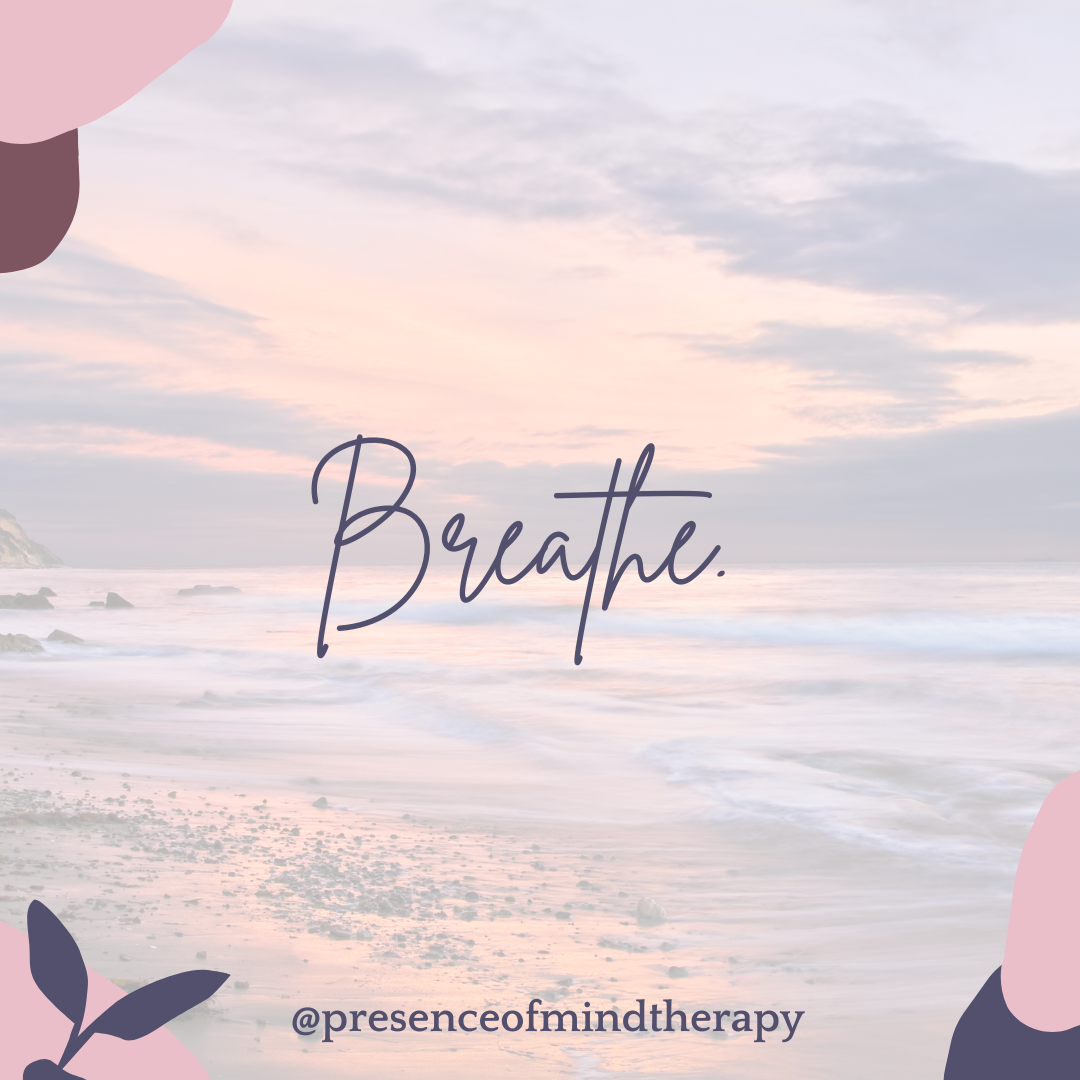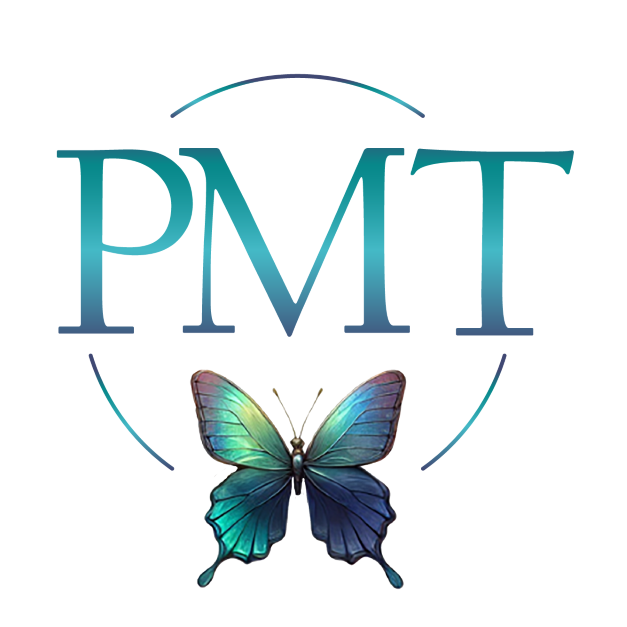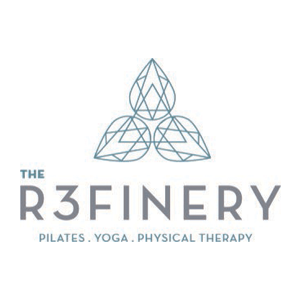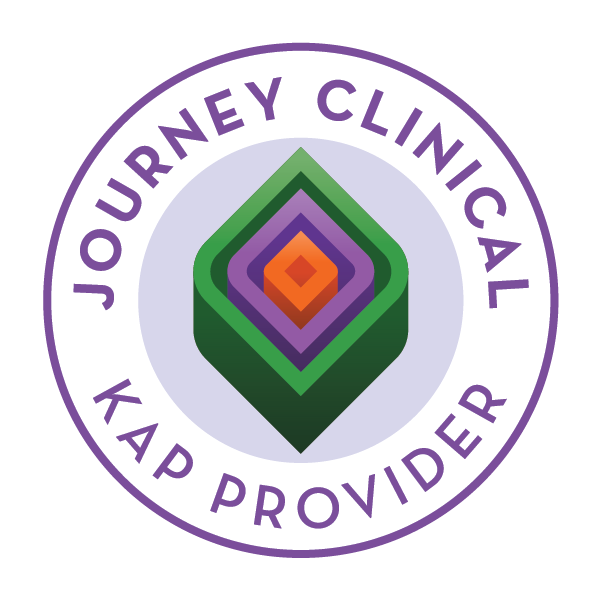Mind Body Memory, Identifying Trauma
The body remembers even if the mind forgets.

Are you on a never-ending search for healing? Do you have a list of ailments a mile long? The body remembers even if the mind forgets. Trauma can be physical or mental and leave lasting impressions. Experiences like abuse, betrayal, rejection, and abandonment can result in trauma. While you may think you have moved on from a scary or painful experience, your body may be holding on.
In western medicine, physical pain is treated separately from emotional pain. However, the more we learn about the physical state of the body in response to emotional pain or trauma, the more we consider how to treat the two together. Why is there is something so healing, spiritual even, about a strong massage or a methodical facial? Because there is a reciprocal relationship between emotional and physical healing.
New research on trauma tells us that the physical and emotional experiences of are stored in our memories together. We know that during trauma the experience happens on bodily, emotional, and thinking levels. During an injury or emotional upset the body become activated, emotions run high, and the ability to think clearly dulls.
Following a difficult experience, the memory remains. This adaptive response is meant to keep us safe in the future. However, the problem with storing scary or painful experiences, is that alarm bells continue to signal danger even when there is none. In a similar way emotional and physical pain continue to remind us even though physical wounds have healed. Essentially, the experience of a terrible event becomes trapped inside.
Despite the incomplete and nonlinear nature of memories, emotional and physical trauma can remind us of its impact every day for years on end. The mind stores emotional experiences within the body and the body remind us of emotional pain from the past. If you have been on an endless search for healing, seen countless doctors, physical therapists, and other specialists in search of a solution to physical pain, it’s time to look within. It’s time to start listening to the emotions of your mind, body, and memory.
Mind Body Memory, Treating Trauma
You have established that your ongoing suffering is due to lingering physical or emotional trauma. Now what?
Treating trauma starts with understanding trauma and the role it plays in your day to day life. Together with an experienced therapist, you will work to become clear on the traumatic event by making sense of thoughts, emotions, and bodily sensations. Establishing safety and trust with a healing professional is paramount as you revisit and make sense of painful experiences. Your healing professional will, in some ways, take on the same role that early caregivers did by teaching about trust and bodily regulation.
As infants we were fed when hungry, changed when wet, soothed when distressed, and engaged when seeking connection. All of these actions set the stage for learning to regulate our internal state. As we got older we became better able to regulate our physical and emotional state independently. Ever hear “slow down and take some deep breaths” or “picture the crowd in their underwear”? That’s bodily regulation!
During a traumatic event such as an injury or exposure to verbal abuse, the body becomes dysregulated. In other words, the body shifts from it’s normal state of functioning into what’s known as fight-or-flight mode. In this state of heightened arousal the heart rate increases, breathing becomes more rapid, and clear thinking diminishes. The body and brain become alarmed to the fact that there is danger. This heightened state, paired with the memory of the event including physical sensations, become stored in the mind, body, and memory.
Because trauma is a pairing of physical and emotional pain, simply talking about the experience is not enough. In order to heal from memories stored in your mind, body, and memory, you must connect to the experience in the body while processing the events of the mind.
Activities that cultivate the connection between the mind and the body, such as yoga, Pilates, or meditation, create a strong foundation for experiential healing through movement. Physical therapy, craniosacral therapy, energy work, and Myofascial Release Therapy (MFT), also help to propel the healing process as they work to release and uncover stored trauma. Alix Terpos, Physical Therapist, specializing in MFT, often finds that clients come in for a physical ailment and end up uncovering some buried emotional trauma. In my practice, I often come across clients whose depression, anxiety, or trauma, is paired with physical pain.
Next time you have an ache or a pain, listen with your heart. What is your body trying to tell you that your mind may have forgotten? What happens to the emotional pain you brush off or stuff down? As you continue on your path of self- evolution and healing, think about how you can honor all the parts of yourself. Think about how you can facilitate a conversation of healing between the mind, body, and memory.






















Share On: